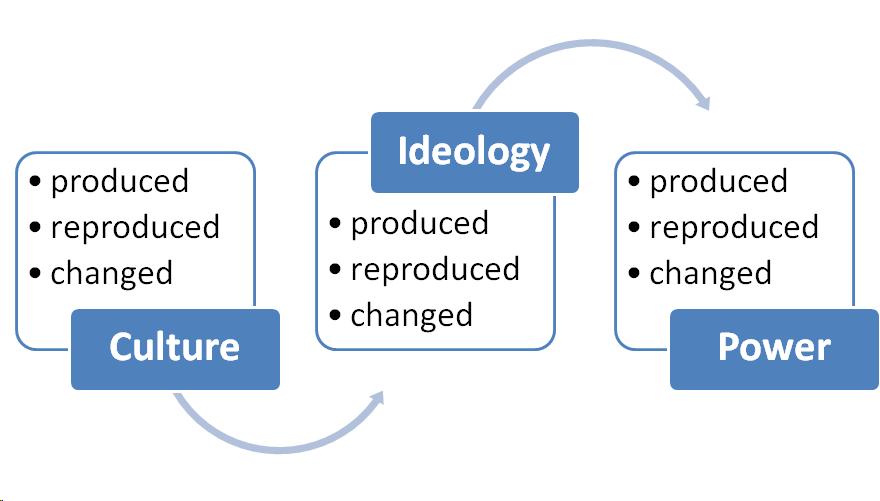KIN 249: Critical and Critital Feminist Theories
Table of Contents
- Lecture 3.3: Critical and Critical Feminist Theories
- Objectives
- Two Families
- Critical Theories
- Critical Theories: Diagram
- Critical Theories: Integrated Diagrams
- Critical Theories: More Integrated Diagrams
- Critical Theories: GOAL!
- Multiple Perspectives
- Key Questions
- Weaknesses of Critical
- Critical Feminist Theories
- Critical Feminist Theories, cont.
- Critical Feminist Theories: GOAL!
- Weaknesses of Critical Feminist
- Application?!
- Sources
Text and Images from Slide
Critical Theories: Diagram

Critical theory diagram
